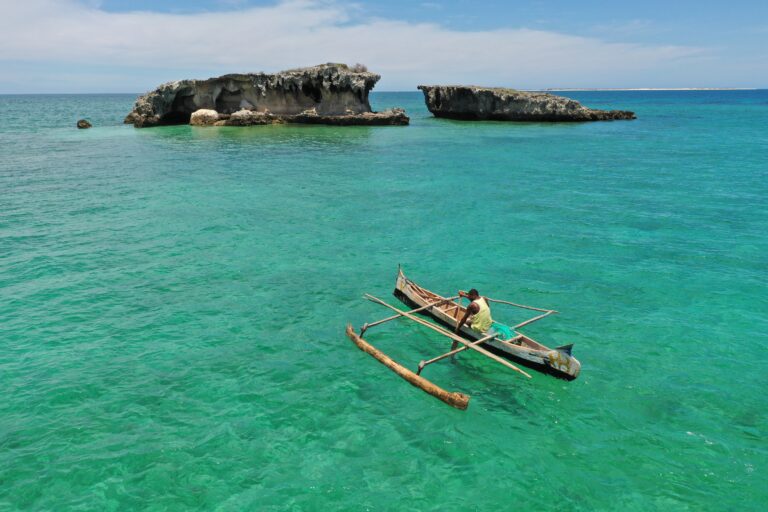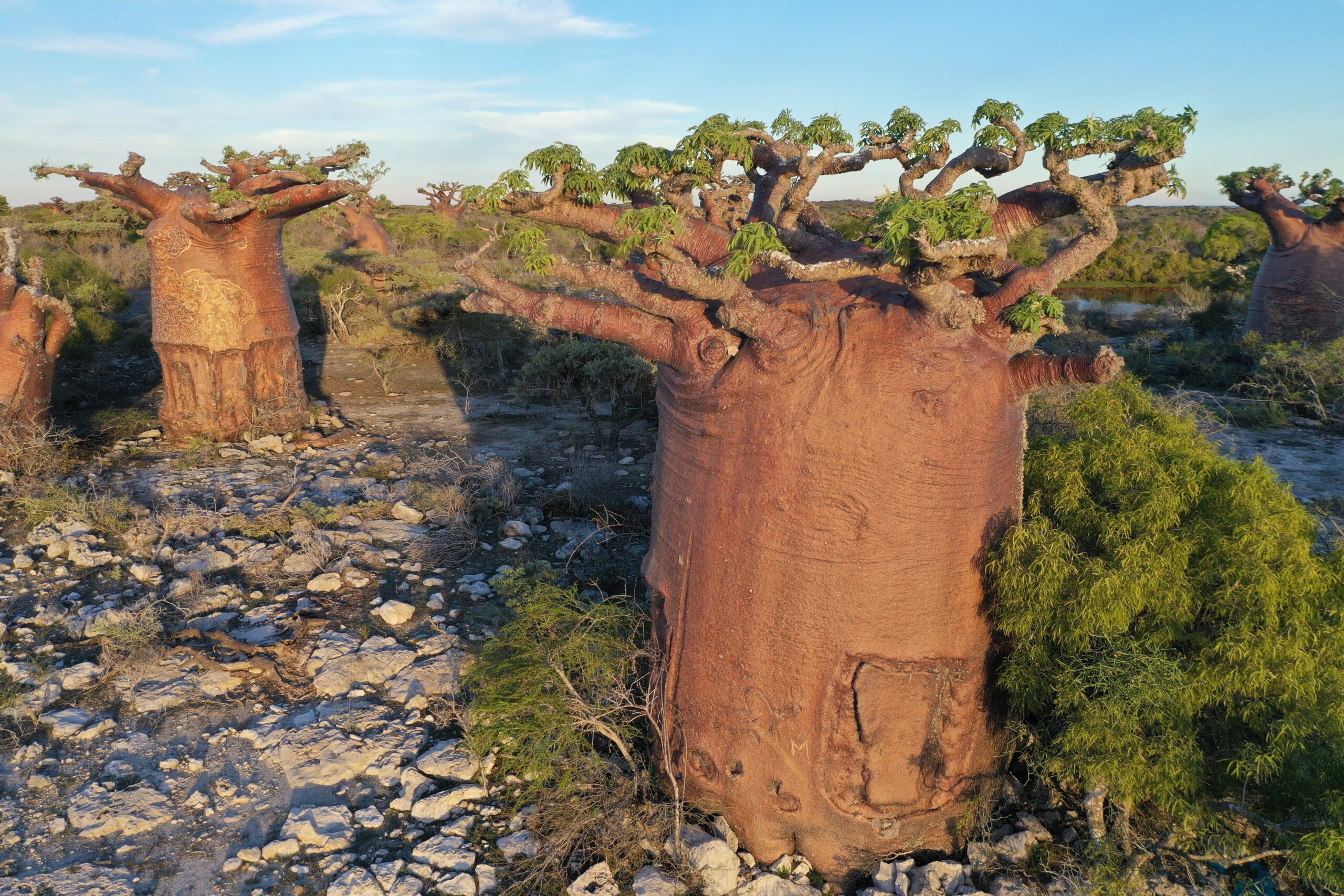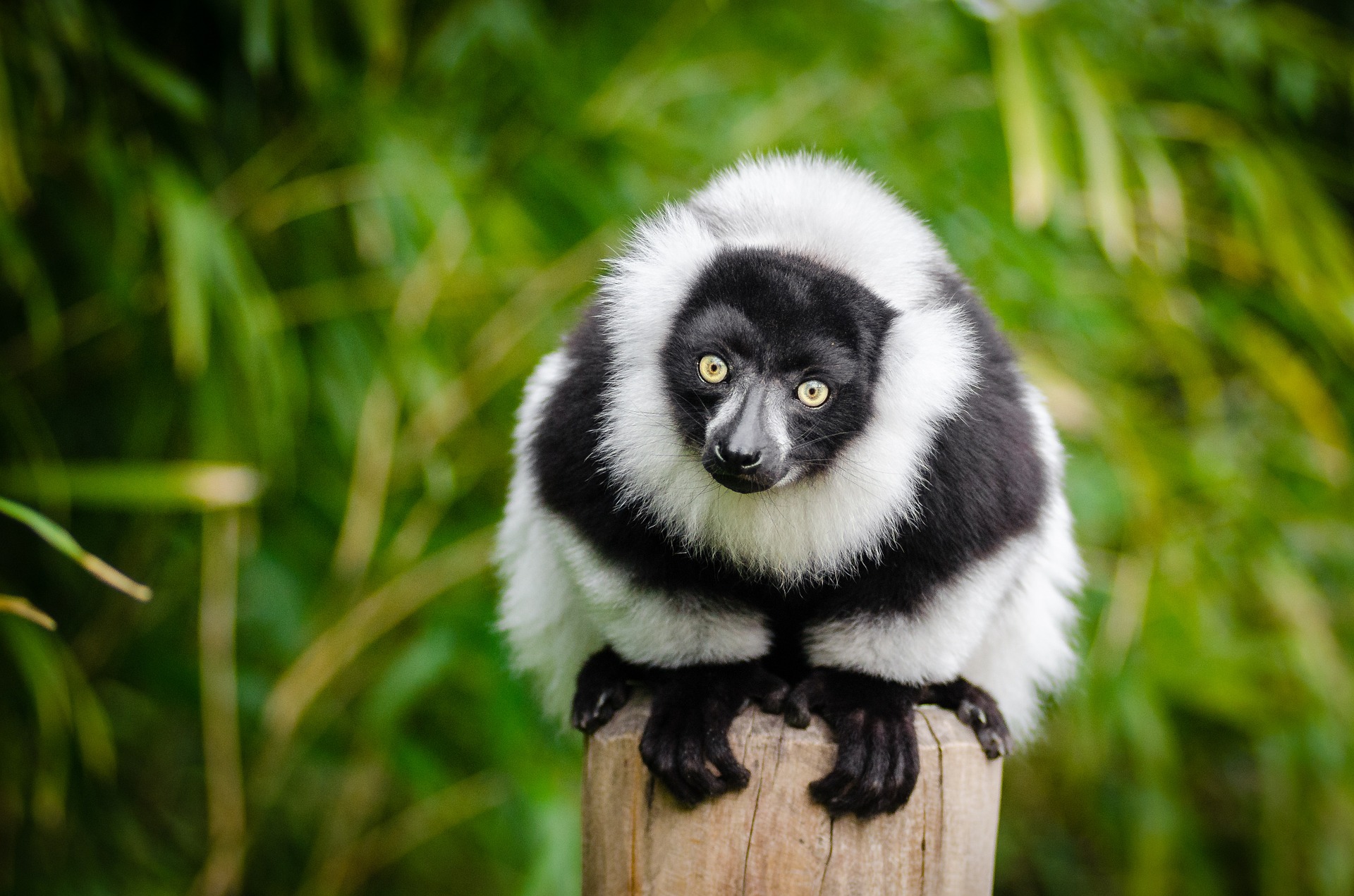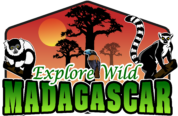explore wild madagascar
Why Madagascar?
Madagascar has been called the “land that time forgot” for its collection of unique and often downright bizarre plants and animals. Around 75% of the species on the island are found nowhere else on Earth, putting Madagascar atop the list among the world’s most biologically diverse countries. Madagascar is famous for its lemurs, a group of primates endemic to the island.







A place you will remember for ever



Explore to save

This beautiful and fascinating island is many times overlooked by travelers. Even the great majority of the small portion of tourist visiting Madagascar just visit a handful of popular places.
Our desire is to invite you to connect with the real magic of Madagascar, its biodiversity. By visiting the natural protected areas such as National Parks and wildlife reserves you will be facing the real wild side of Madagascar at the same time you are supporting the work of conserving these unique species.
Some protected areas are not open to the public. Here you can find current information about the areas suitable for visitors.
Numbers For Natural Protected Areas
Unique jewels

True freaks among trees with their massively swollen trunk and sparse stubby branches, they are emblematic of Madagascar. This is the motherland of baobabs. Of the nine species found worldwide, six grow exclusively in Madagascar. The others, one in Australia and two in maindland Africa, are believed to have originated from seedpods that were swept away from malagasy shores ar0und 10 million years ago and survived the ocean crossings.

Lemurs belong to a group of primates called the prosimians, a word which means “before monkeys”. Their basic doby design evolved about 40-50 millions years ago. 35 millions years ago when monkeys’ success rapidly drove the less adaptable prosimians to extinction across most of the world. A few stowaways managed to take refuge in Madagascar.
Today we see the results of 35 million years of leisurely evolution. The single ancestral species has adapted into around 111 recognised varieties and instead of gazing at inanimate rocks we have the luxury of being able to watch the genuine article.
